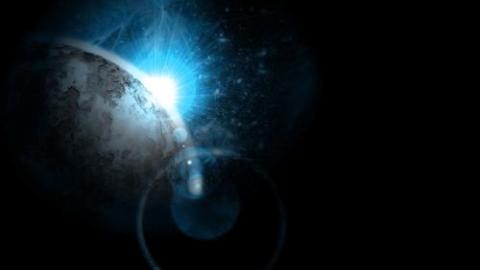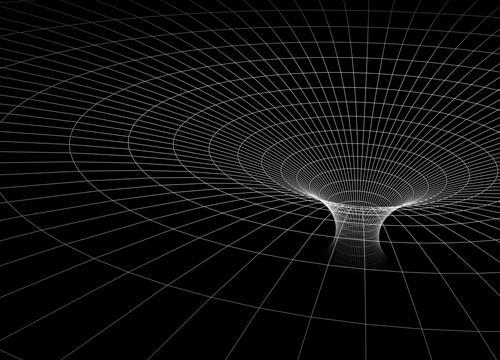Hubble Confirms ‘Super Earth’, a Nearby Waterworld

What’s the Latest Development?
The Hubble Space Telescope has confirmed that a planet outside our solar system is composed mostly of water. Larger than Earth but smaller than gas giants like Jupiter, the exoplanet GJ 1214b, just 40 light-years away, is a so-called ‘Super Earth’. The planet was discovered in 2009 by ground-based telescopes. GJ 1214b orbits a red-dwarf star at such a close distance that scientists estimate temperatures on the planet to be about 200C. “GJ 1214b is like no planet we know of,” said Zachory Berta, from the Harvard Smithsonian Center for Astrophysics.
What’s the Big Idea?
When ‘Super Earth’ passed in front of its star, scientists were given clues about the planet’s consistency as light filtered through the planet’s atmosphere. Calculations suggest that GJ 1214b has more water than Earth, meaning its internal structure could be very different from Earth’s. “The high temperatures and pressures would form exotic materials like ‘hot ice’ or ‘superfluid water’, substances that are completely alien to our everyday experience,” said Dr Berta. The planet’s proximity makes it a good candidate for the James Webb Telescope to study.
Photo credit: shutterstock.com





